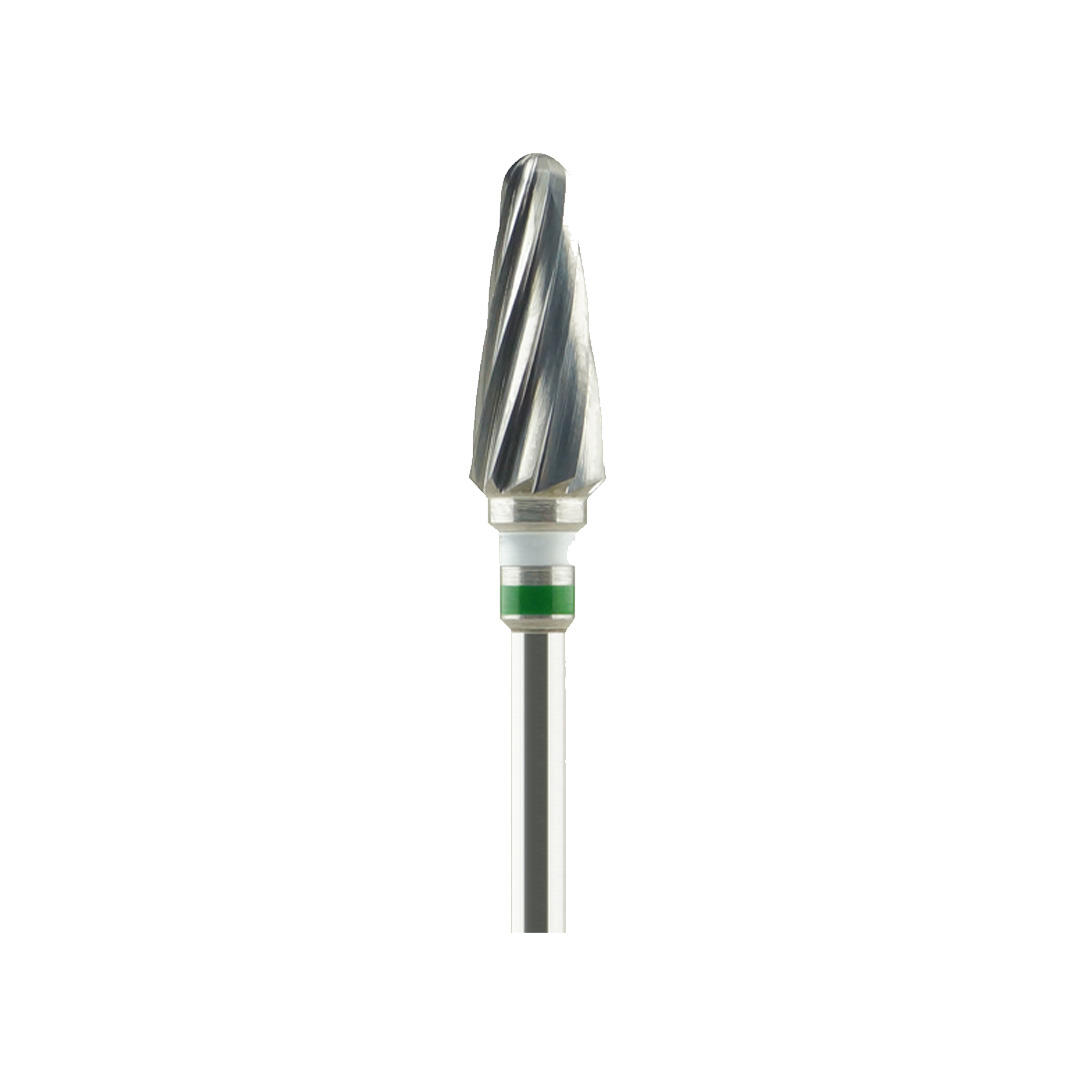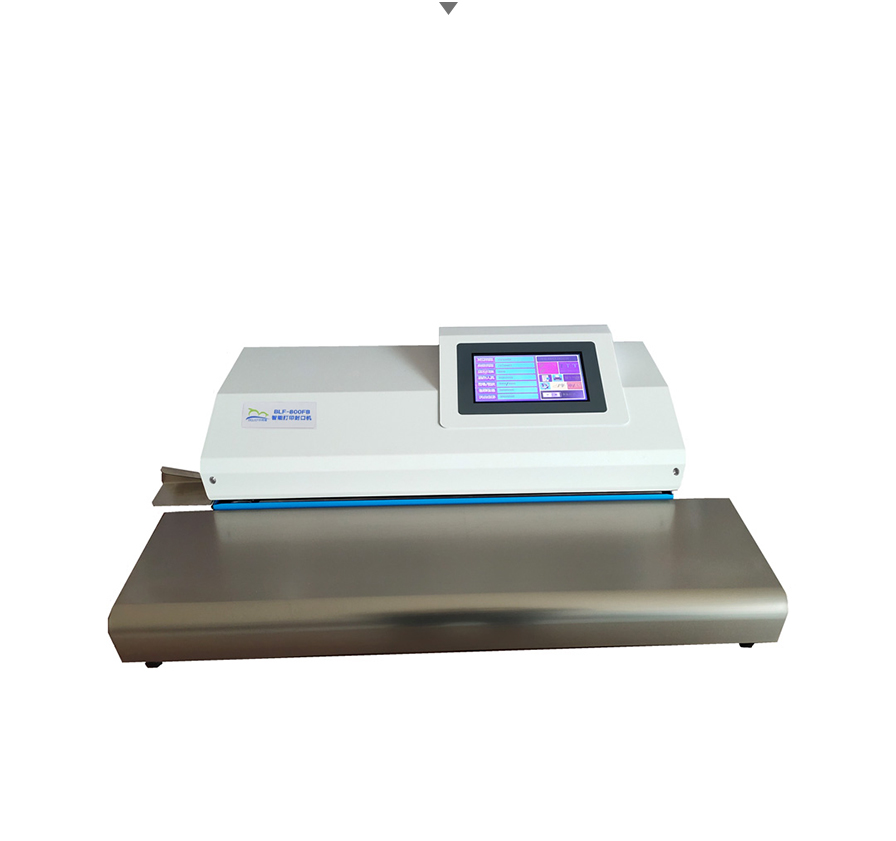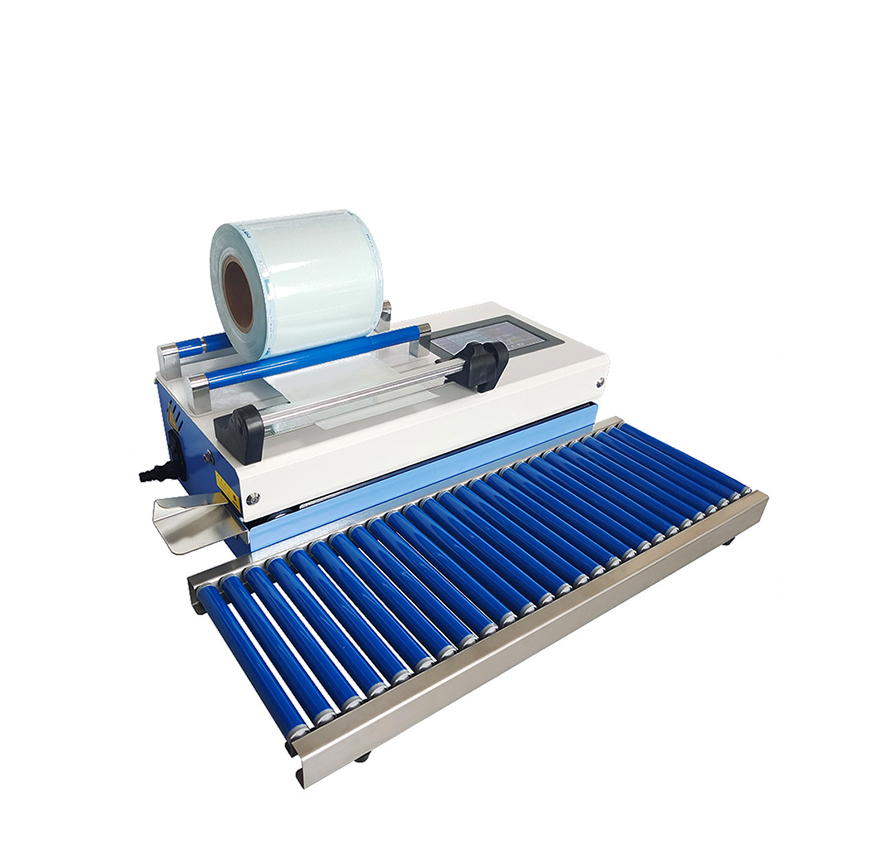hand instruments in operative dentistry
Hand instruments in operative dentistry represent essential tools that form the backbone of dental procedures and treatments. These precision-engineered instruments are designed to facilitate various dental operations, from basic examination to complex restorative procedures. The primary categories include explorers for detecting cavities and examining tooth surfaces, excavators for removing decay and debris, chisels for precise enamel cutting, hatchets and hoes for creating definitive cavity walls, and burnishers for finishing restorations. Each instrument features specific design elements, including carefully angled working ends, ergonomic handles for optimal grip and control, and high-grade stainless steel construction for durability and sterilization compatibility. Modern hand instruments often incorporate advanced materials and coatings to enhance their performance, such as tungsten carbide tips for improved cutting efficiency and titanium nitride coatings for increased hardness and wear resistance. These instruments enable dentists to perform precise, controlled movements in confined spaces, making them indispensable for quality dental care. The standardization of these instruments across the industry ensures consistency in dental procedures and facilitates effective training and skill development among dental professionals.


